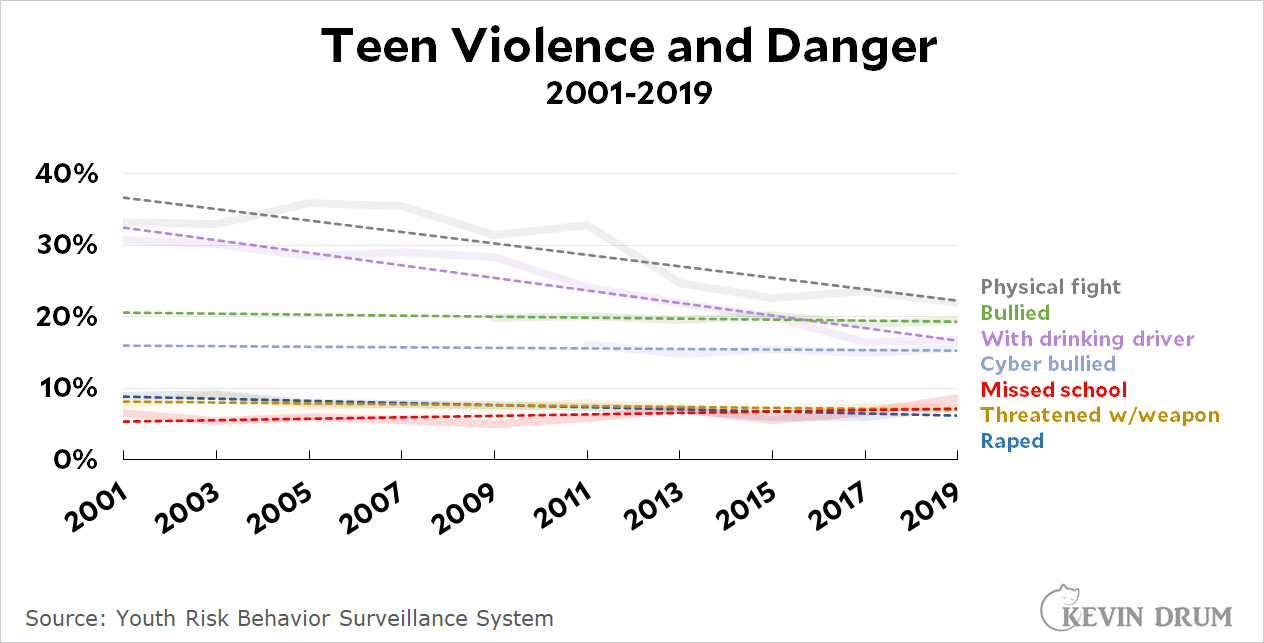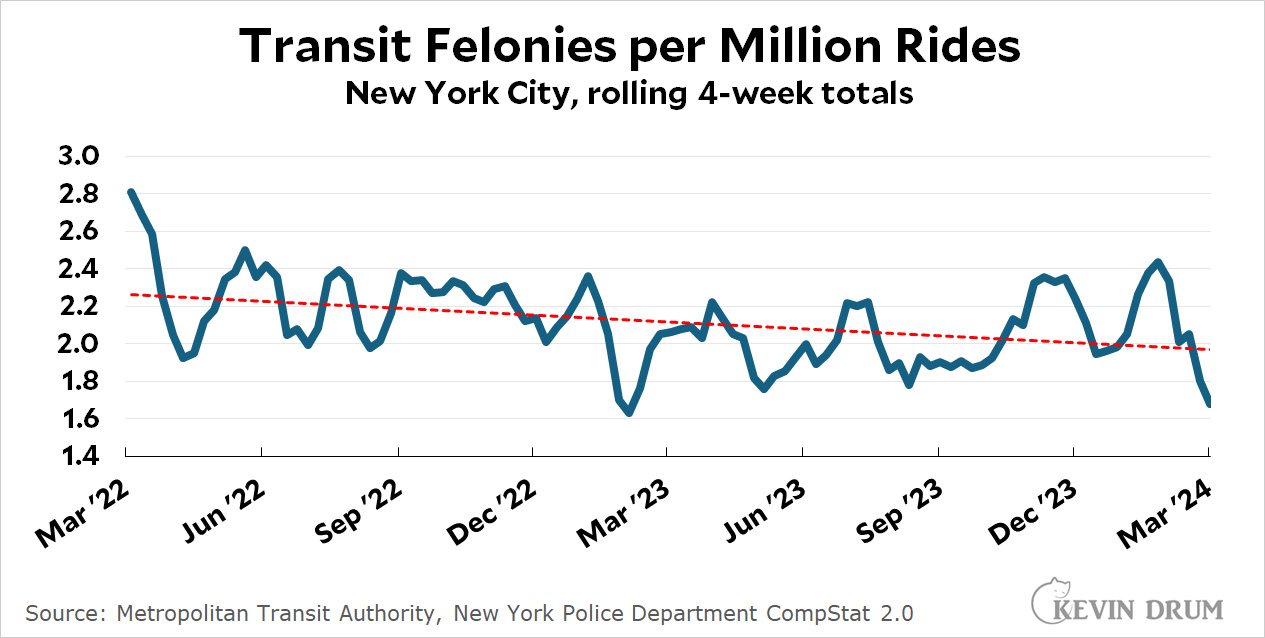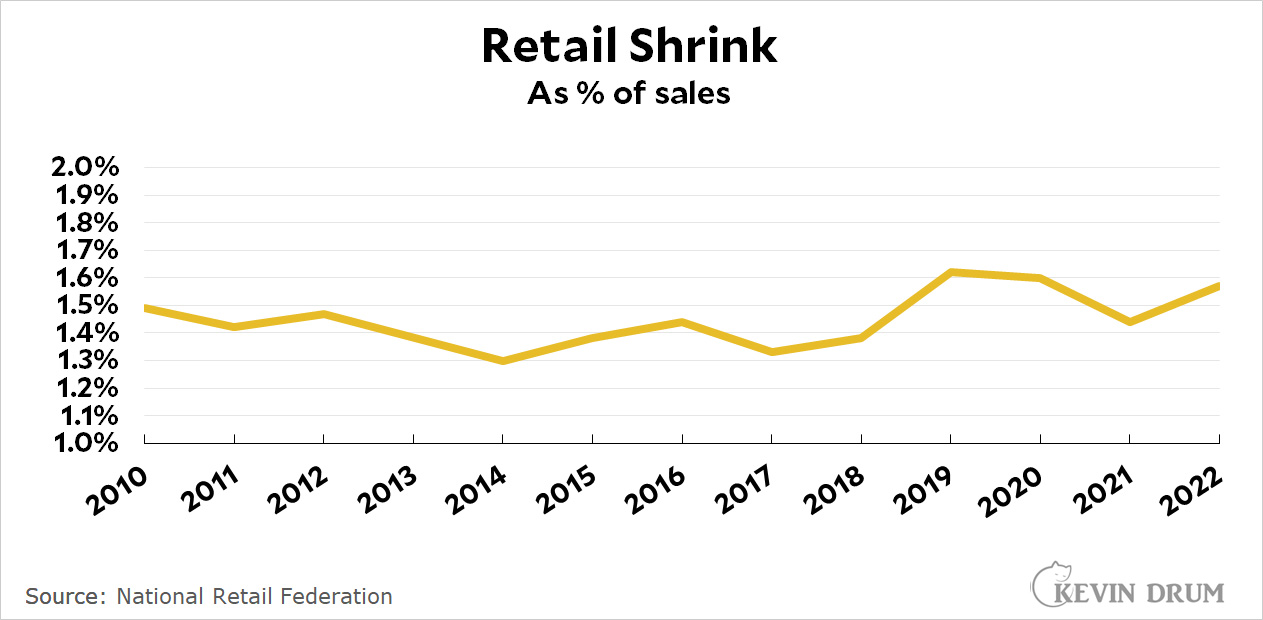Yesterday I posted a brief item noting that the CDC never recommended that schools be closed during COVID. In fact, by July 2020, shortly before the new school year was about to start, they were strongly recommending that schools open in the fall.
So why did so many schools close? The answer is that the decisions were mostly made by states and local school districts, partly based on CDC guidance about how to reopen safely. To that extent the CDC did play a role, though probably one that even its critics wouldn't take issue with. Their safety guidance was generally pretty solid.
More important was probably public opinion. It's easy to forget what things were like when COVID was new, but people were scared and most parents didn't want schools to reopen quickly. Here's a KFF poll from July 2020, just before the start of the new school year:
 Of the people polled, 63% wanted to open schools later rather than sooner. 71% said schools needed more resources and weren't ready to open. And 70% were worried their child would get COVID if they returned to school.
Of the people polled, 63% wanted to open schools later rather than sooner. 71% said schools needed more resources and weren't ready to open. And 70% were worried their child would get COVID if they returned to school.
The results leaned even more heavily toward closure among low-income parents—which makes sense since they were most likely to live in areas where schools were likely to have trouble reopening safely.
Other polls at the same time showed similar results. In one poll, parents favored closure over reopening by 54-36%. In an EdChoice poll, 69% said they'd enroll their kids in distance learning if their school offered it. In an Ipsos poll, only 16% favored full reopening. An S360 poll gave the same result in California.
Most polls also showed noticeable differences between Democrats and Republicans. Democrats consistently took COVID more seriously and were more likely to favor keeping schools closed, so it's no surprise that Democratic states and cities were the most likely to close schools. They were doing what their constituents wanted.
And despite what we all think now, these policies were relatively popular at the time. An Ipsos poll in late 2021, after a year of COVID and closures, showed that 75% of parents felt their local schools had done a pretty good job dealing with the pandemic:
 The moral of all this is not to let your memory play tricks on you. It might seem obvious now that schools should have remained open, but parents at the time didn't all agree. Most of them were worried about possible learning loss—they weren't naive about that—but still favored caution about sending their kids back to classrooms. Under the circumstances, it's hardly surprising that local school boards did what they wanted.
The moral of all this is not to let your memory play tricks on you. It might seem obvious now that schools should have remained open, but parents at the time didn't all agree. Most of them were worried about possible learning loss—they weren't naive about that—but still favored caution about sending their kids back to classrooms. Under the circumstances, it's hardly surprising that local school boards did what they wanted.
POSTSCRIPT: As it happens, I was skeptical of school closings from the start. But even now it's not an open-and-shut case. The danger of sending kids back to school was probably small, but the evidence suggests the ill effects of closing schools was probably small too. There was significant learning loss, but it doesn't appear to be related to school closures. Everyone suffered equally, whether they attended classes in person or stayed home. See here, here, and here. It was something more broadly about the pandemic that caused learning loss, not distance learning.
In other words, a cost-benefit analysis of school closures is tricky even now.
 I'm of three minds on this. On the one hand, it's obviously a symptom of low-level lawbreaking, and it's not really pandemic related. Fare evasion did spike during the pandemic, but then it returned to precisely the trendline it was on beforehand. If the pandemic had never happened, fare evasion would probably still be way up.
I'm of three minds on this. On the one hand, it's obviously a symptom of low-level lawbreaking, and it's not really pandemic related. Fare evasion did spike during the pandemic, but then it returned to precisely the trendline it was on beforehand. If the pandemic had never happened, fare evasion would probably still be way up.














